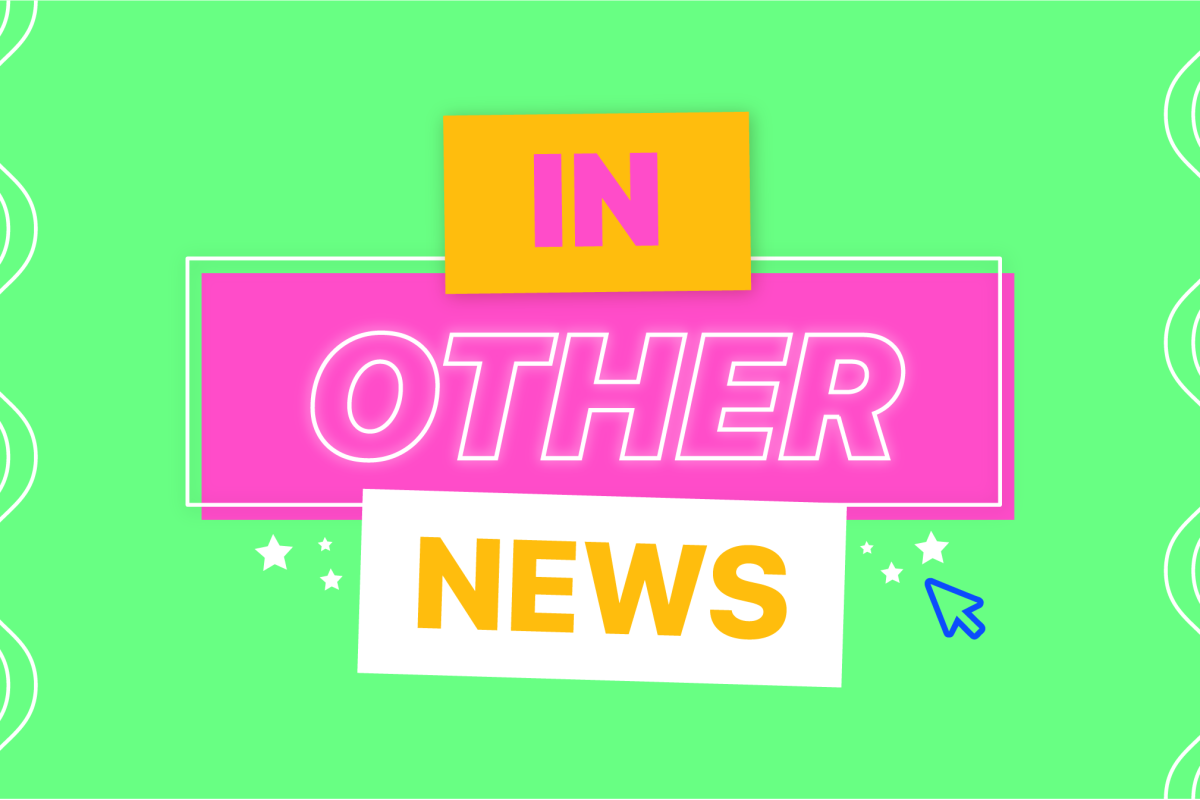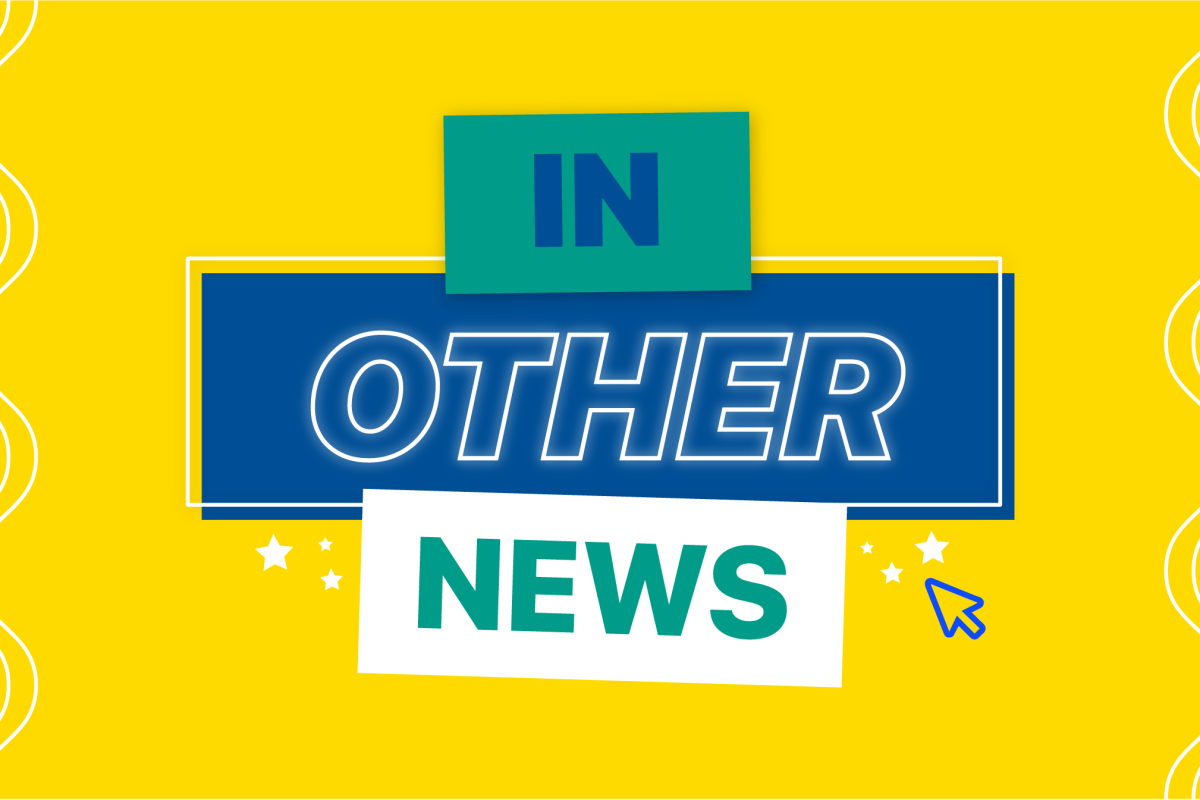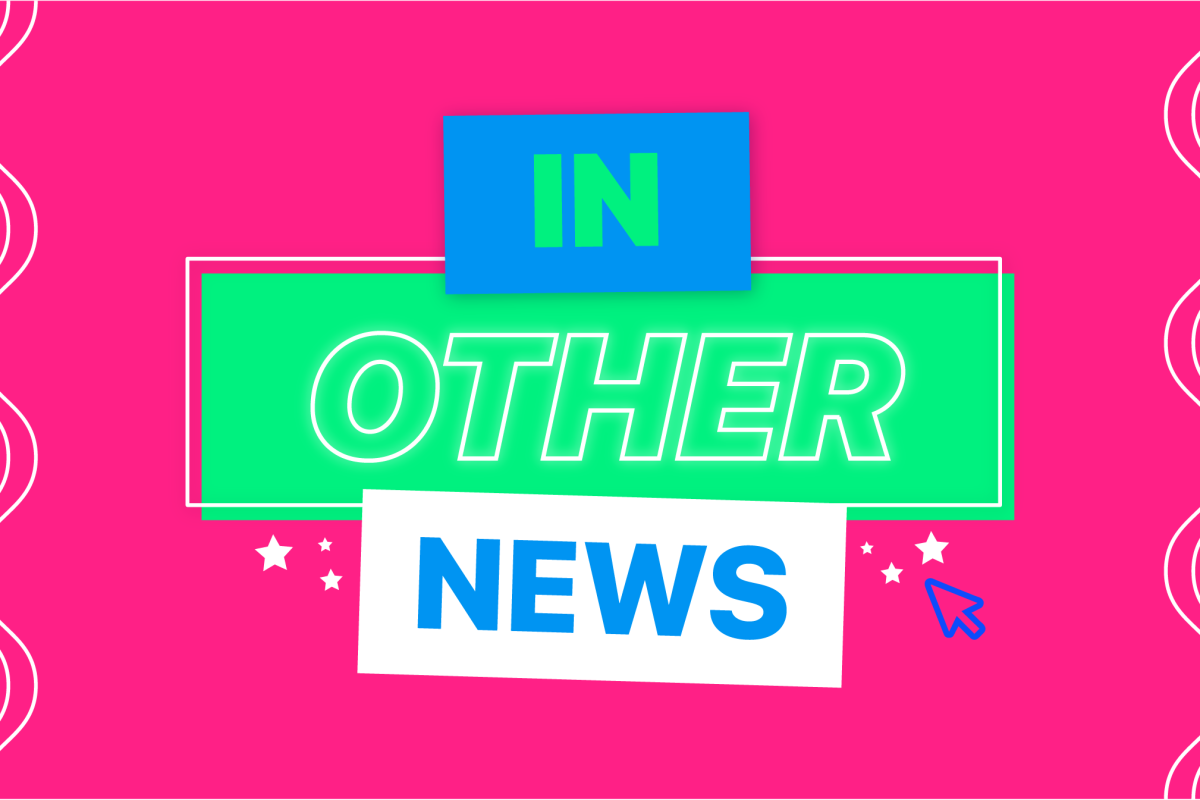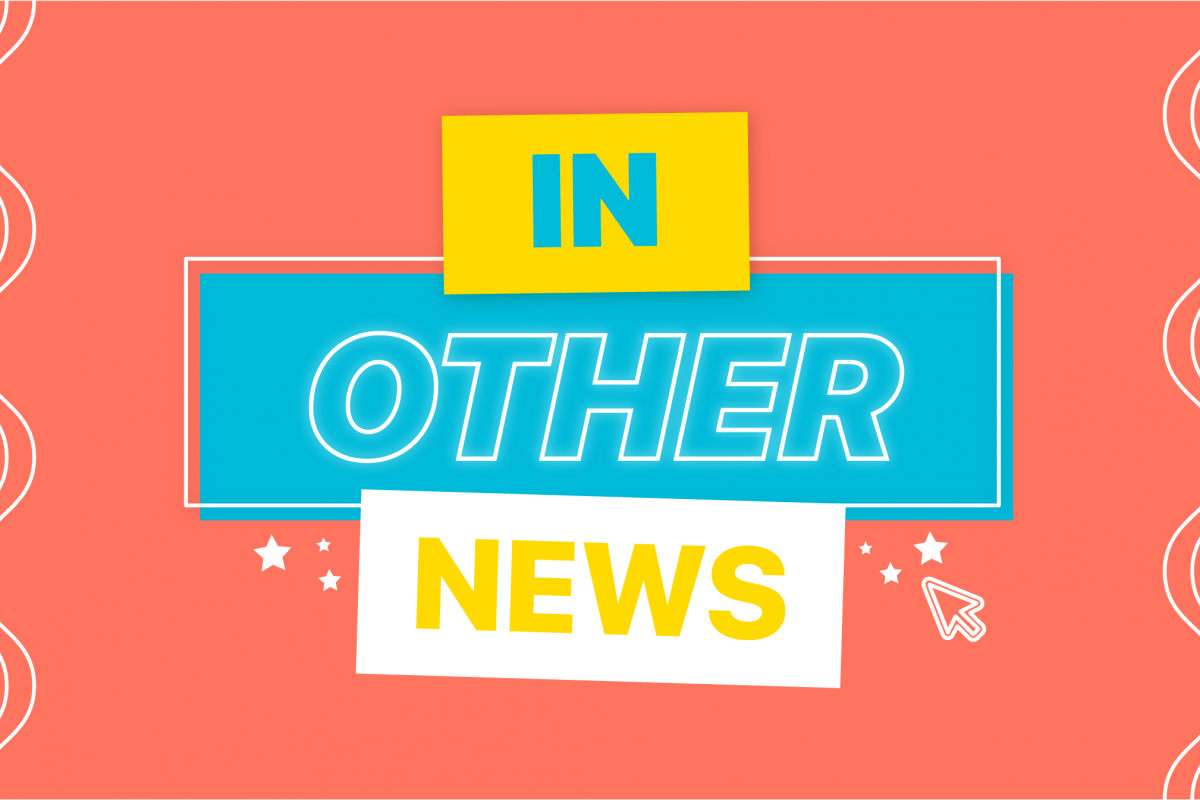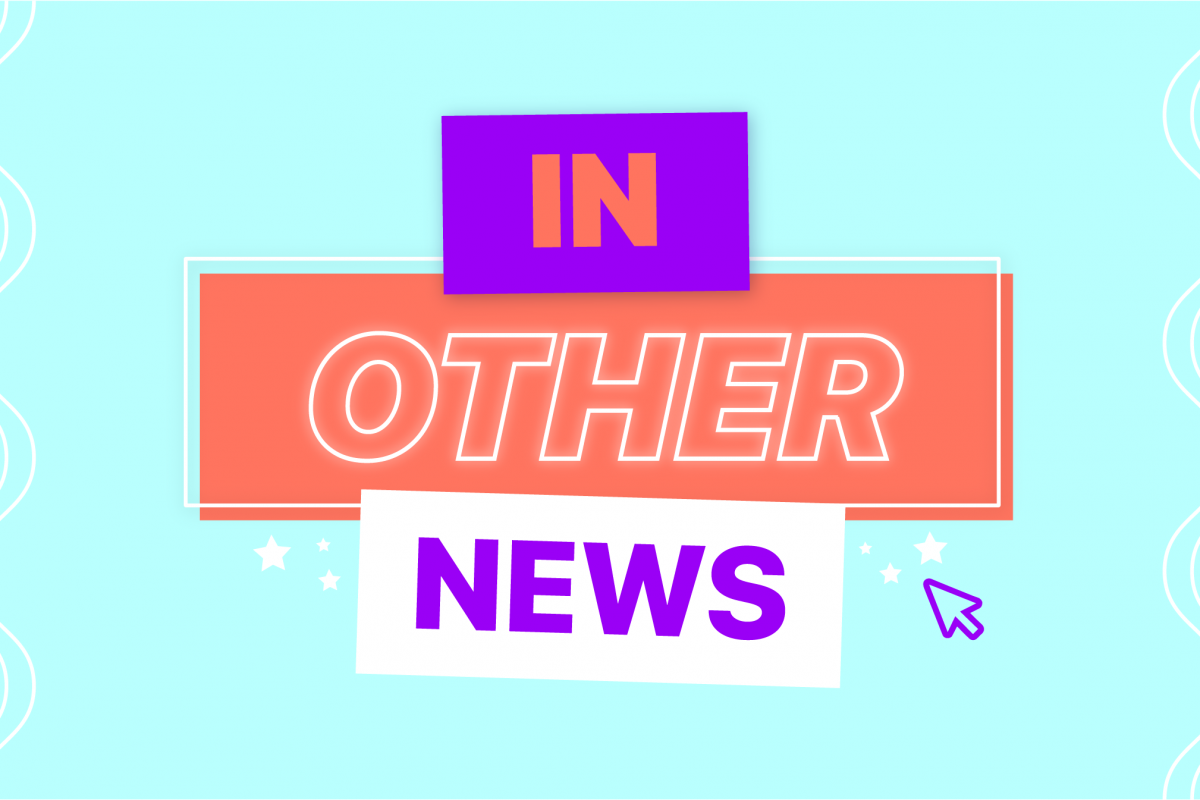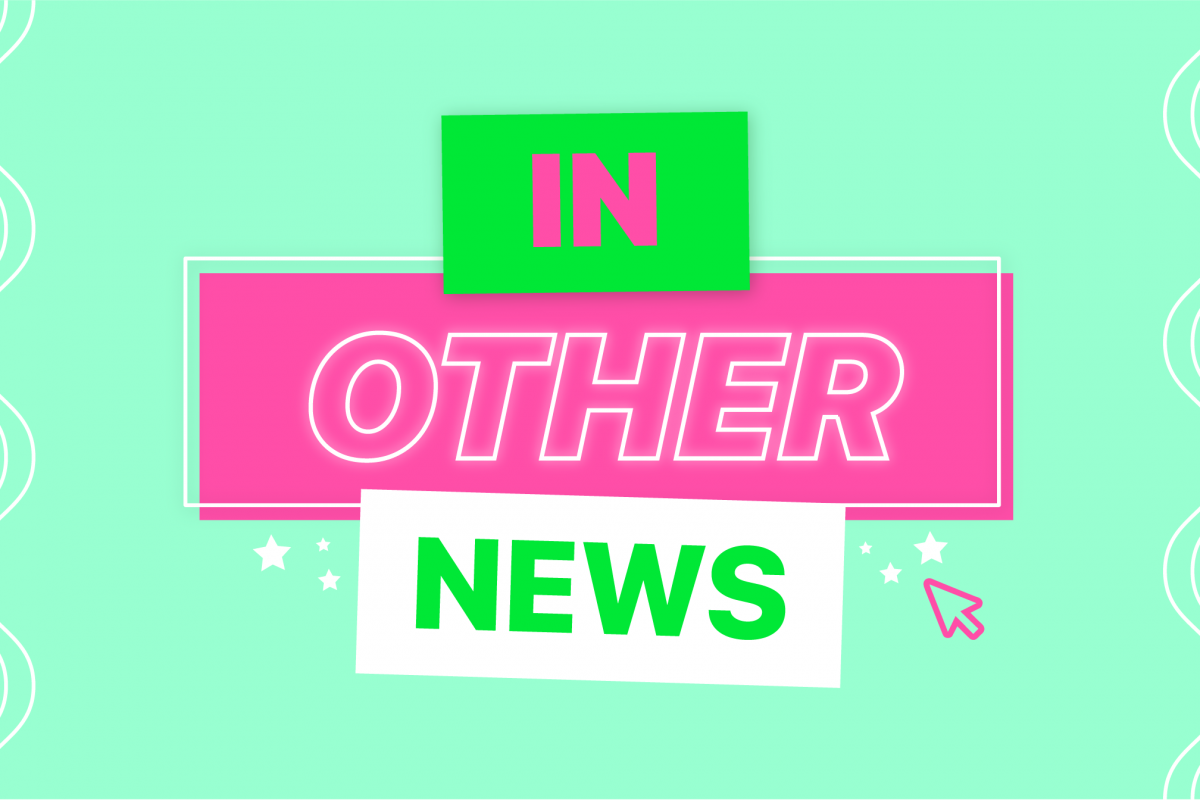After another, another round of digi updates… ‘In Other News’ is the series where we bring you all the latest updates and innovations going on in the social sphere. This week, it’s all about experience on Instagram, Twitter and Facebook!
Twitter Launches Ticketed Spaces
After first providing the option to selected iOS users back in August 2021, Twitter is now making ticketed Spaces available to all iOS users in the US, while the option is also now being rolled out to Android broadcasters as well, providing another monetization option in the app.
Why?
Following suit from the creator-focused updates from Instagram and TikTok, this expansion of Spaces could help Twitter retain some of its best audio talent, by providing additional incentive for them to broadcast directly in the app. Ticketed Spaces enables Spaces hosts to set a ticket price for their broadcasts, with 97% of the revenue generated then going back to the creator. That take then drops to 80% once an individual creator reaches $50k in total earnings.
In order to qualify for Ticketed Spaces, hosts need to be aged over 18 and have hosted three Spaces in the previous 30 days prior to applying. Hosts also need to have at least 1,000 Twitter followers to make the cut. Twitter is undoubtedly trying to encourage creators to establish themselves on the platform, but also taking advantage of the recent consumer affinity with online ticketed events.
Instagram Adds Live-Stream Scheduling
Instagram has added a new option to schedule upcoming Instagram Live broadcasts in the app, with users then able to tap through to get a reminder notification on the day of the broadcast. Broadcasters will now be able to schedule an upcoming stream up to 90 days in advance from the live composer, which can include a title description, as well as product tags, if you’re looking to promote such in your stream.
Why?
Instagram is pushing this content format, as the immediacy and interactivity of the format is helping to improve discovery, and to drive purchase activity in the app. Live shopping has had a boom recently in China, and Instagram is no doubt taking inspiration from this. Offering creators and businesses more ways to maximise the success of live streams will only further help to facilitate in-app shopping behaviour, which we know is a focus for all social platforms in 2021.
Facebook Hosts Talk Series For Advertising Week
To celebrate New York’s Advertising Week, Facebook has been hosting a range of sessions looking at various aspects of digital marketing. Their talks with digital experts span topics such as inspiring innovation, diversity and inclusion, and the creator economy. Each session includes internal insights and notes from Facebook’s team, and are an incredible resource for learning more about the latest trends and usage shifts, in order to expand your thinking.
But the week is half over, so why are we telling you this now?
All the talks from Advertising Week are available to watch on-demand on Facebook’s dedicated mini-site. Go on, have a scroll. We’re sure you’ll find a topic that sparks interest for you and your business.
Do you need help working out your digital strategy and game-plan? Then contact me at [email protected]!
